For years I went to a friend’s house to sew every Thursday so I had a sewing kit ready to grab and go at almost any moment. When social distancing became a thing, most of my sewing kit supplies worked their way into drawers and project specific sewing baskets. Now that QuiltCon is around the corner, it is time to gather supplies and get ready to sew-on-the-go!
The Container
My favorite sewing supply vessel is the Bionic Bag I made in around 2014. This thing holds so much! Your container can be whatever works best for you. Some things you may want to consider when selecting your vessel:
- Material- since you are probably carrying scissors, pins, and needles, you will want a container made of something not easily destroyed by sharp points. A well constructed fabric bag works well and an art supply or fishing tackle box is a good option too. Try to avoid thin plastic bags because holes can grow very quickly.
- Length- most people will want to carry a pencil and/or 8″ sewing shears or scissors in their kit. I have found that if these items are able to fit comfortably, the overall length will work for almost anything I need.
- Compartments- This may vary according to personal preference, but I like to have areas that are separated from one another to make it easy to locate specific items quickly. The bag I use has both zippered and open sections.
The Supplies
Some supplies are good to have at any time in your kit. These are the items I try to have anytime I leave the house with my sewing:
- Fabric Scissors
- Thread Snips or small scissors
- Paper Scissors
- Seam Ripper
- Pencil/Pen and a small notebook
- Pencil Sharpener- especially useful if you are in a convention center or other space not typically used for sewing/art
- Fabric marking pen/pencils that work on both light and dark fabrics
- Straight Pins
- Safety Pins
- Clover Clips- just a few can be very helpful. In addition to their normal uses, I have used them for impromptu paper clips and hair clips!
- A few Hand Sewing Needles
- Light/Medium/Dark 50wt threads, plus any to match a specific project
- Thimble
- Washi Tape- good to mark distances on your sewing machine without leaving residue, marking increments on rulers, or assembling pattern pieces
- A container to collect thread bits and small amounts of trash- I usually carry a small plastic bowl for this, but if space is a concern, a paper lunch bag works well for this)
The next group of items will sometimes travel with me, but are more project dependent:
- Rotary Cutter/Cutting Mat/Ruler- particularly useful for foundation paper piecing or if you are doing a pattern that requires small trimming
- Finger/Roll Pressing tool or a small iron/ironing mat- especially useful for foundation paper piecing. (Note that most large quilt shows do not allow extra irons in the classroom space)
- Glue Stick or tape
- Any tool that you sew with on a consistent basis, but may not be on a supply list- My go-to supplies include Add-a-Quarter & Add-a-Eighth rulers, That Purple Thang, a stiletto, and tweezers.
If you are traveling with your own sewing machine, consider bringing the following:
- Extra Bobbins
- Machine presser feet- patchwork and walking are the most common, but if you are making something like a garment or bag a zipper foot, edge stitching foot, or overlock foot may be very helpful.
- Machine needles- in sizes that you will need (this will depend on whether you are piecing or quilting)
- Any tools you need to change machine needles and feet
- The foot pedal for the machine! (This one probably won’t fit into your kit, but I have seen several people forget this and have to go back home to get it)
I’m excited to start getting back to classes and sew-ins, and I hope to see you at a quilt show soon!

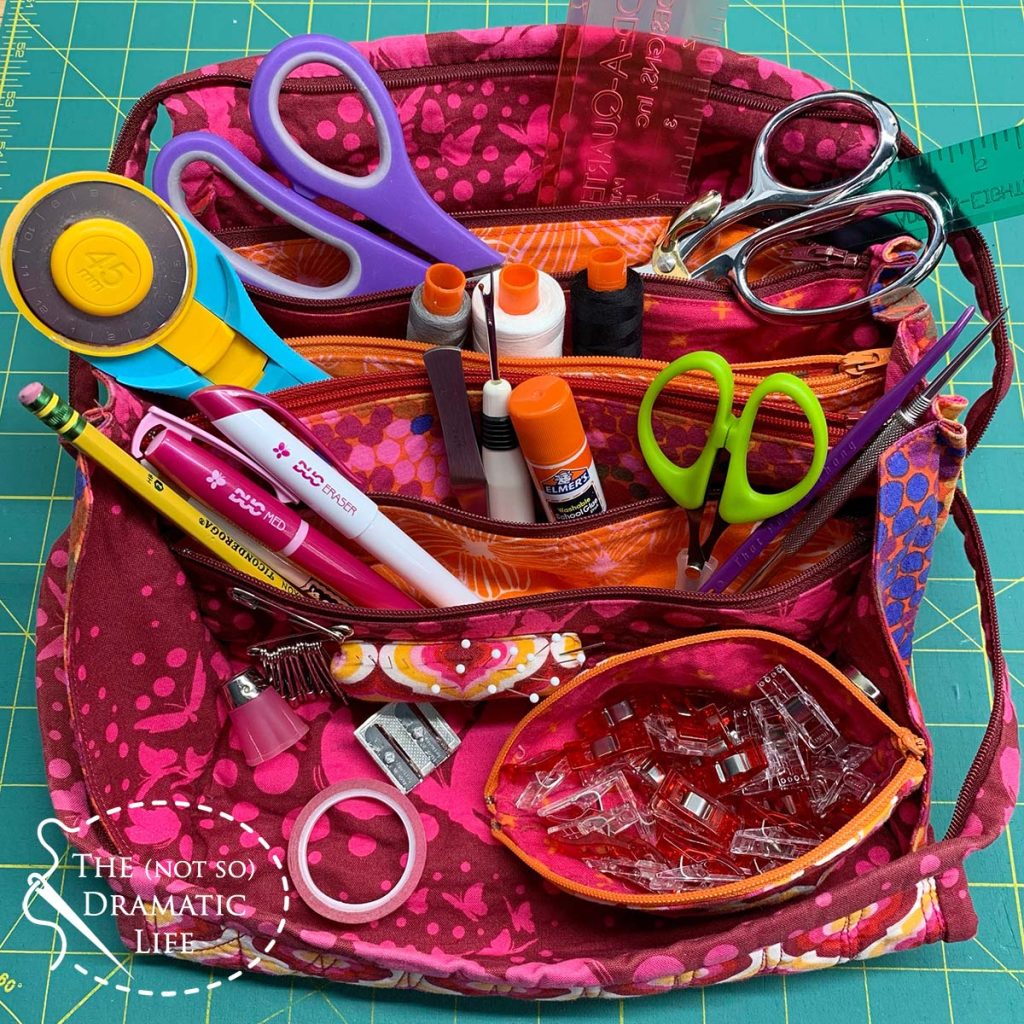
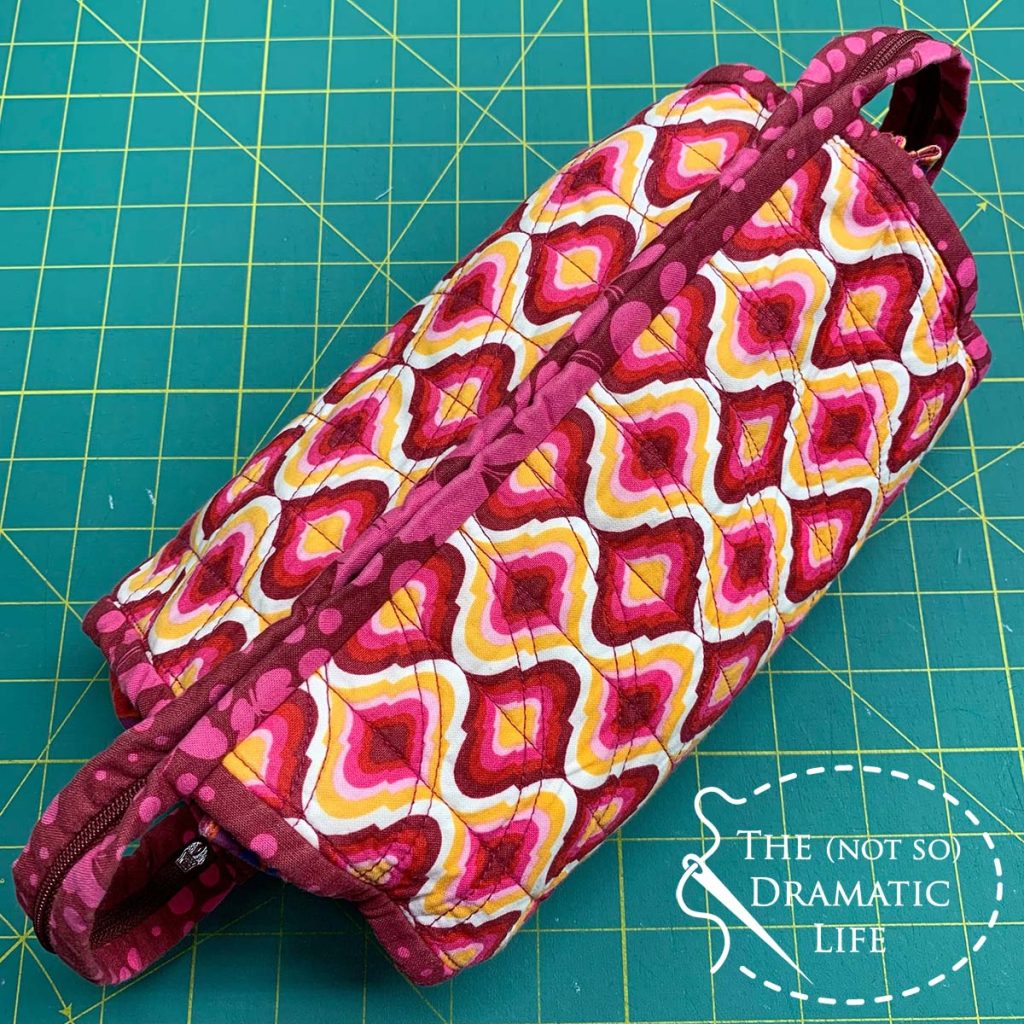
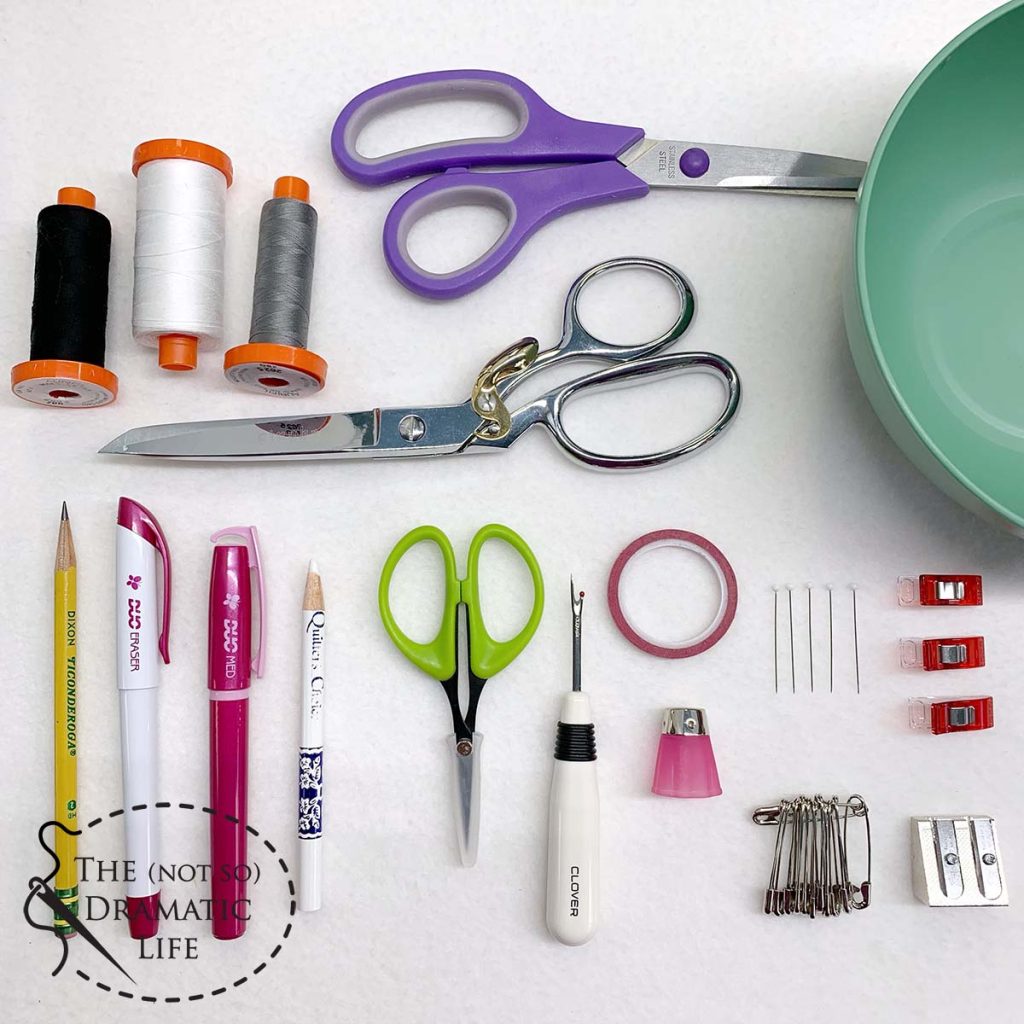
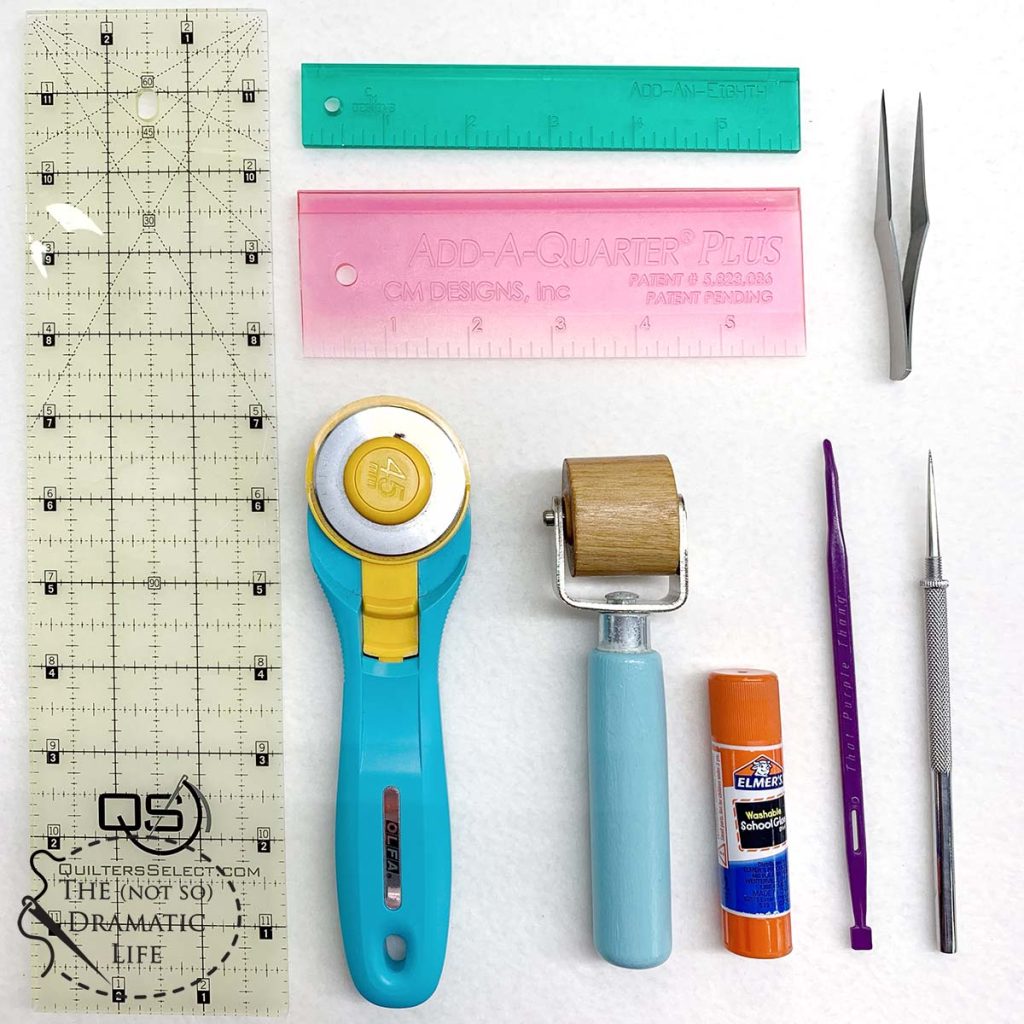
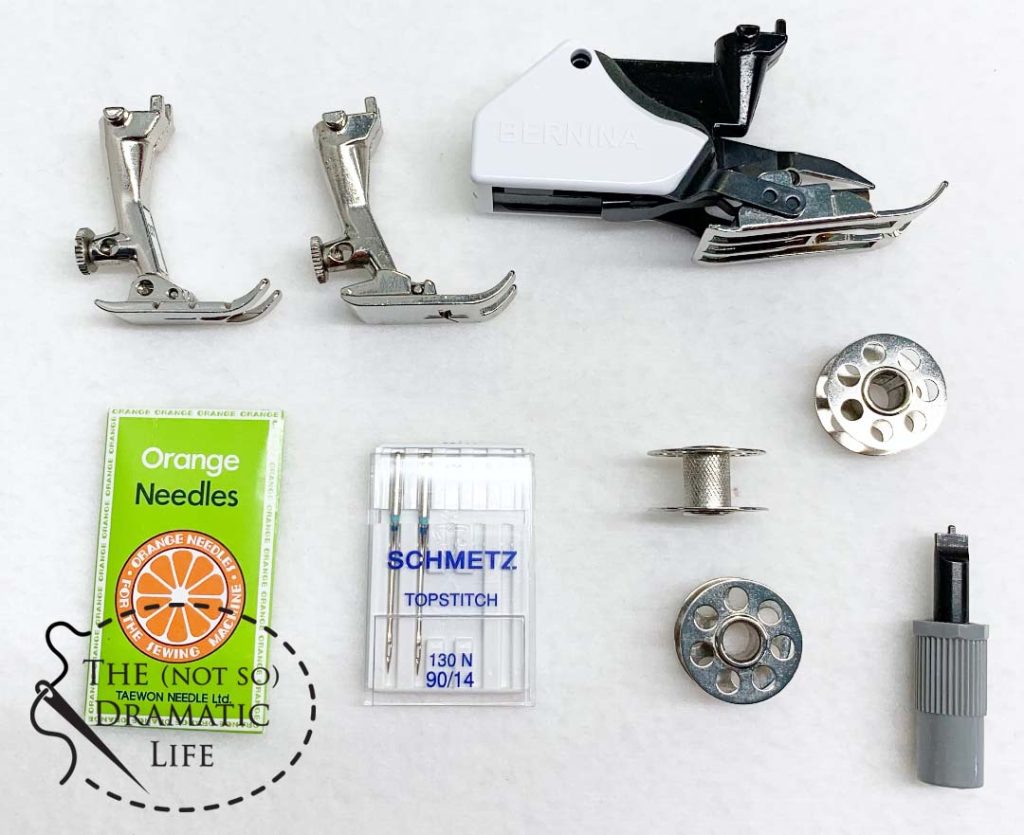
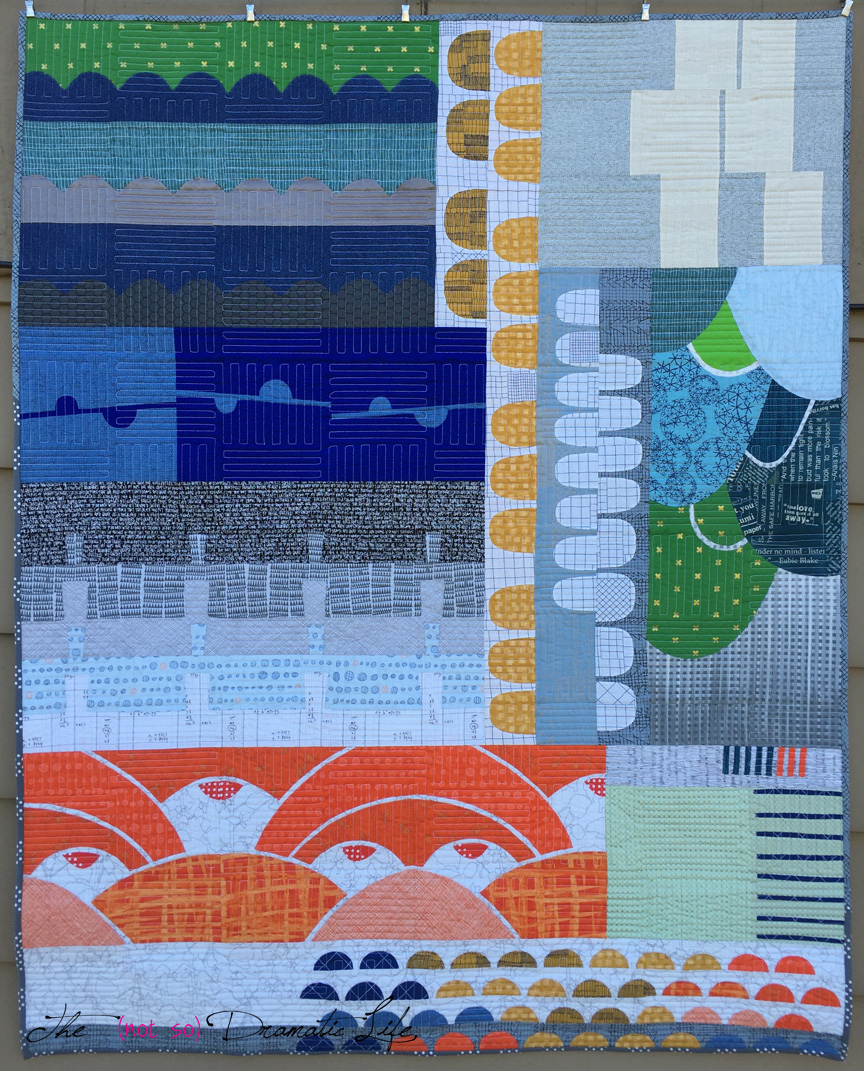
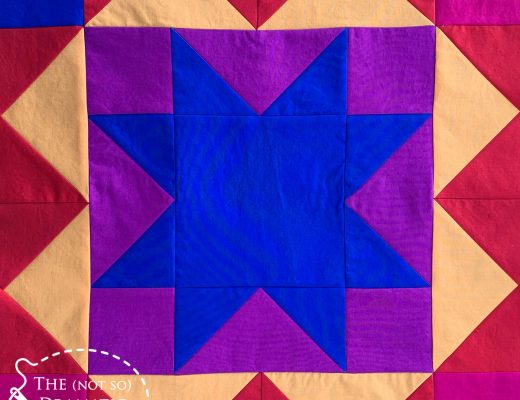

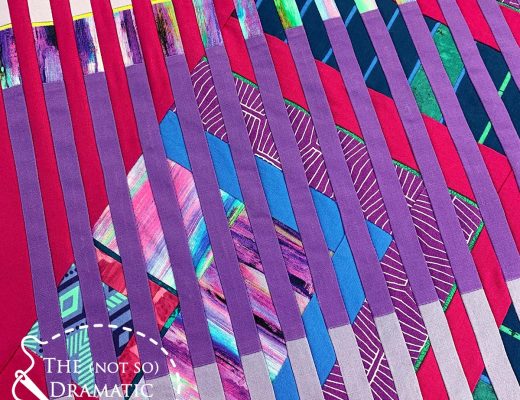

1 Comment
Beyond Class Supplies: 5 Important Things to Bring to QuiltCon – The (not so) Dramatic Life
February 16, 2024 at 12:01 am[…] you packed your sewing kit? Do you have your clothes and toiletries ready? What else do you need to have a great trip to […]